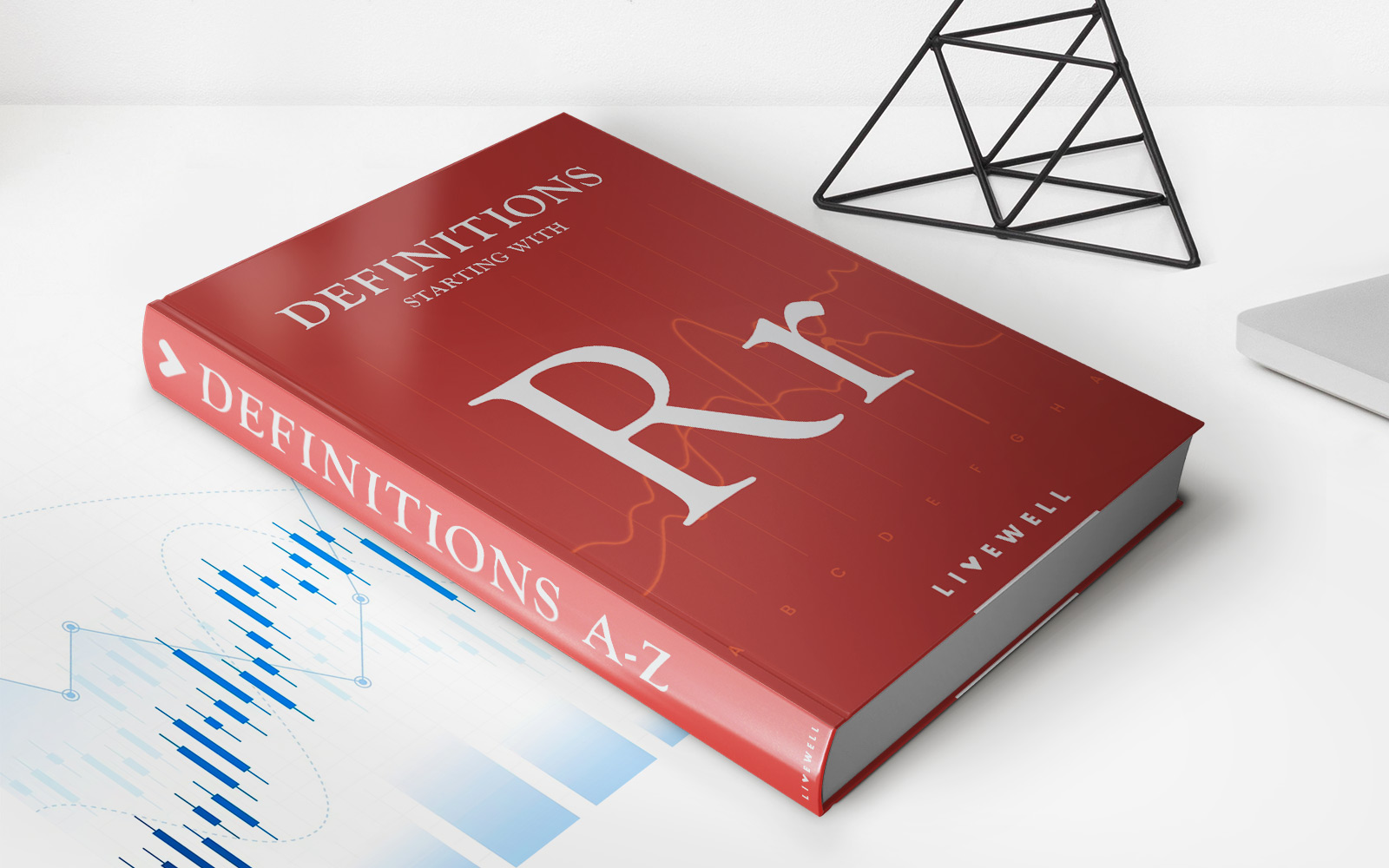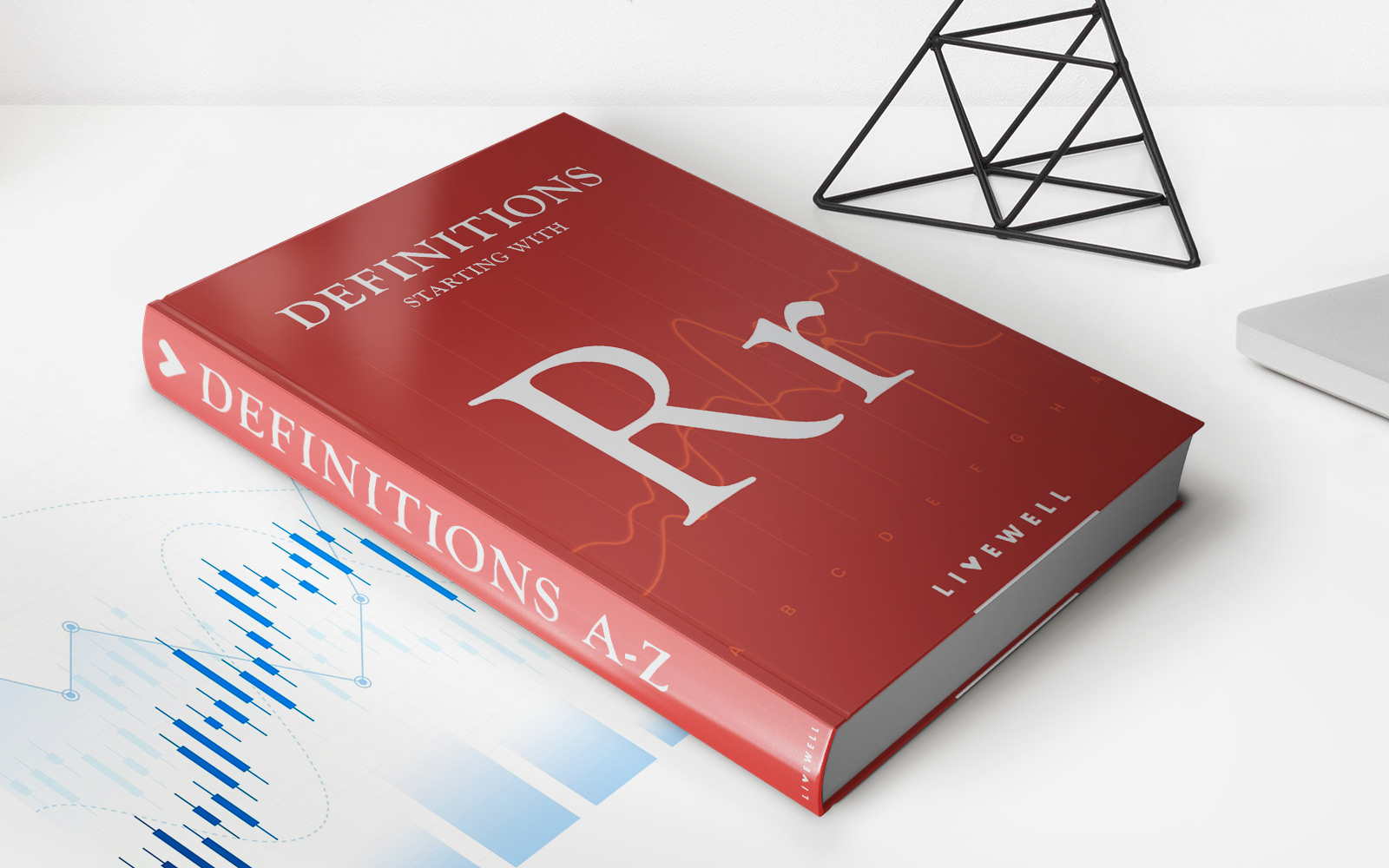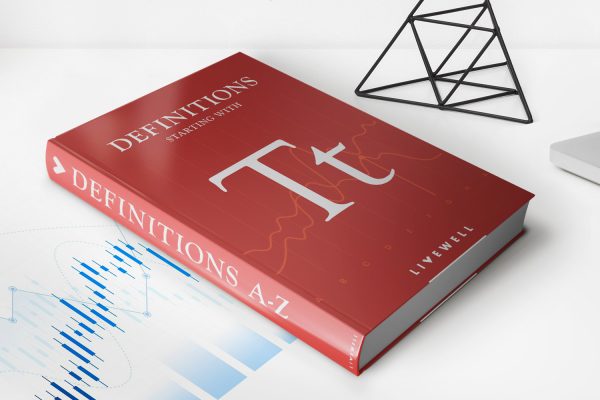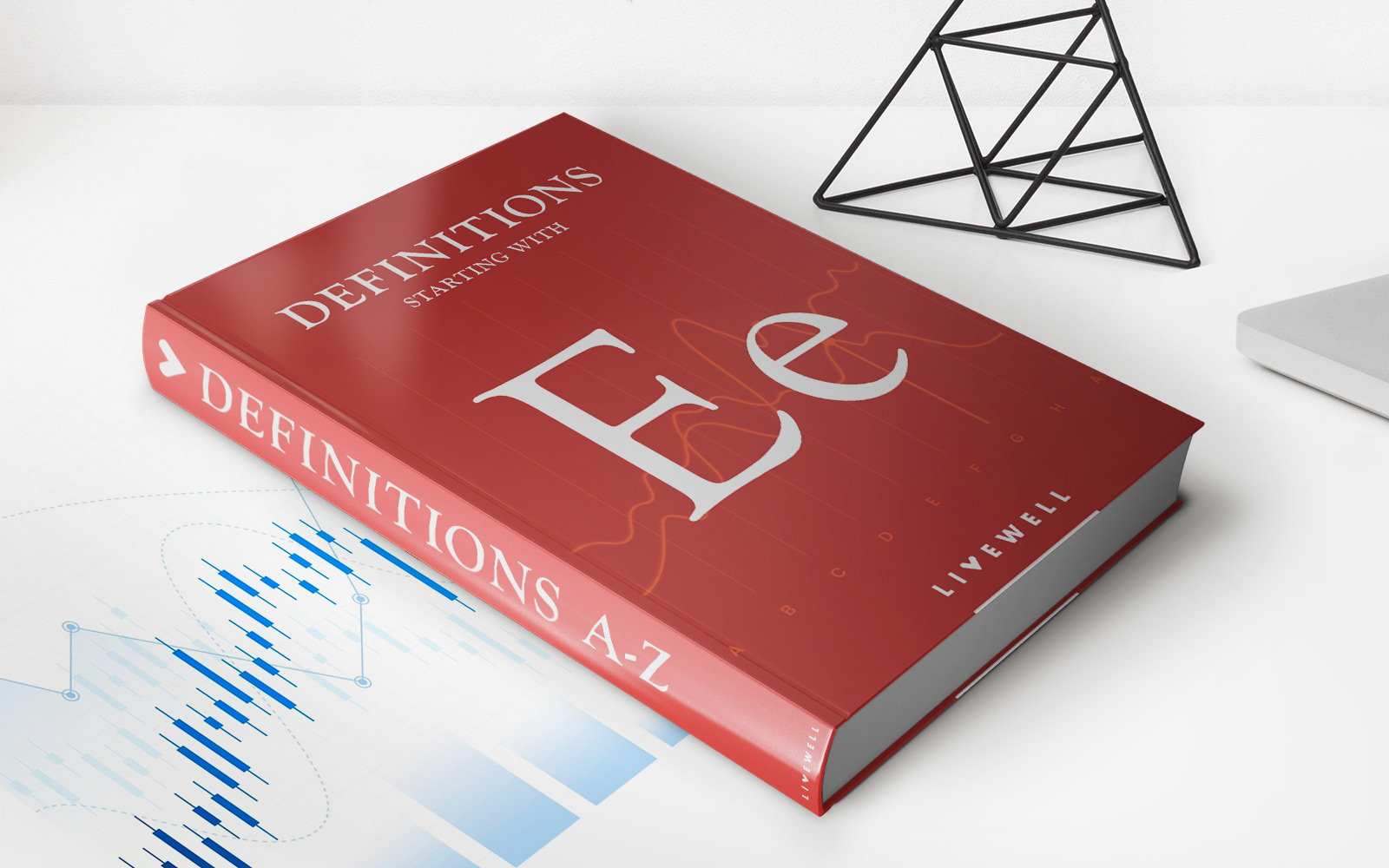Home>Finance>Unfair Trade Practice: Definition, Deceptive Methods And Examples


Finance
Unfair Trade Practice: Definition, Deceptive Methods And Examples
Published: February 13, 2024
Learn about the definition and deceptive methods of unfair trade practices in finance. Discover real-life examples that highlight this detrimental practice.
(Many of the links in this article redirect to a specific reviewed product. Your purchase of these products through affiliate links helps to generate commission for LiveWell, at no extra cost. Learn more)
Unfair Trade Practices: Definition, Deceptive Methods, and Examples
Hello there, fellow finance enthusiasts! Are you familiar with the concept of unfair trade practices? In today’s blog post, we’ll dive deep into the world of deceptive methods employed by unethical businesses and highlight some examples that will make you think twice about where you spend your hard-earned money.
Key Takeaways:
- Unfair trade practices encompass deceptive and fraudulent methods used by businesses to gain an unfair advantage.
- Common examples of unfair trade practices include false advertising, bait-and-switch tactics, price fixing, and pyramid schemes.
Unfair trade practices refer to any dishonest, deceptive, or fraudulent methods employed by businesses to gain an unfair advantage over their competitors or exploit unsuspecting consumers. These practices not only harm consumers but also undermine the principles of fair competition.
Let’s explore some deceptive methods that fall under the umbrella of unfair trade practices:
1. False Advertising:
False advertising is a misleading promotional strategy where businesses make exaggerated or false claims about their products or services. This may involve showcasing unrealistic outcomes, fabricating testimonials, or concealing crucial information.
2. Bait-and-Switch Tactics:
Bait-and-switch tactics involve enticing consumers with an attractive offer, only to later manipulate them into purchasing a different, usually more expensive, product or service. This deceptive maneuver misleads consumers and infringes upon their freedom of choice.
3. Price Fixing:
Price fixing occurs when competing businesses collaborate to manipulate prices in the market. This unethical practice stifles competition, limits consumer choice, and can lead to inflated prices for goods and services.
4. Pyramid Schemes:
Pyramid schemes lure individuals into joining by promising high profits for recruiting others. Participants are often required to make an initial financial investment, which is used to pay commissions to higher-level members. The scheme eventually collapses when there are not enough new recruits, leaving the majority of participants at a financial loss.
These are just a few of the many examples of unfair trade practices that exist in the business world. As consumers, it’s essential to be aware of these deceptive methods to protect ourselves from falling victim to such tactics.
While laws and regulations are in place to prevent unfair trade practices, it’s crucial for consumers to remain vigilant and report any suspicious activities or misleading advertisements they come across. By doing so, we can contribute to a fair and transparent marketplace.
In conclusion
Unfair trade practices involve deceptive and fraudulent methods that undermine fair competition and harm consumers. False advertising, bait-and-switch tactics, price fixing, and pyramid schemes are just a few of the many examples of such practices. As informed consumers, it’s our responsibility to recognize and report any unfair trade practices we encounter, helping to promote a more ethical business environment for everyone.














